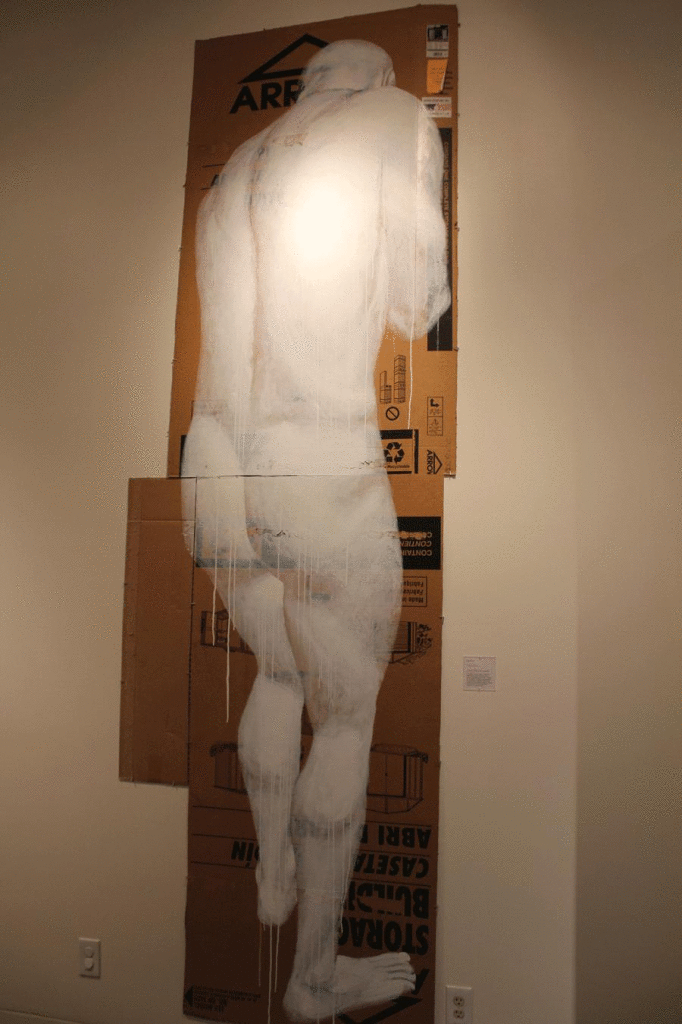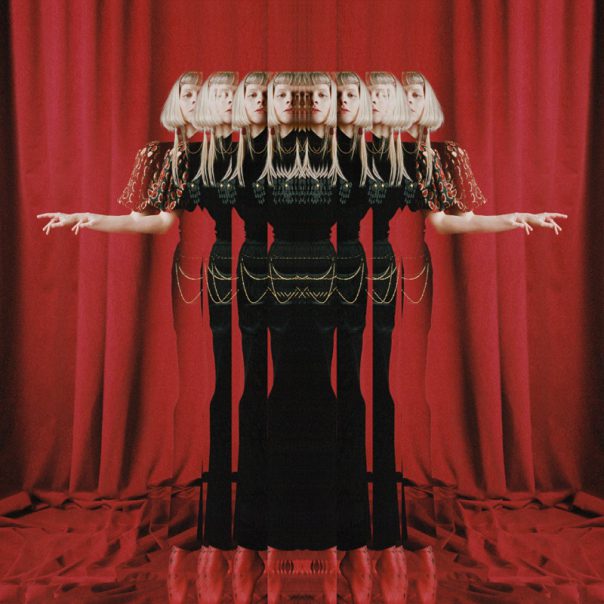From ancient Islamic calligraphy to broken pieces of glittering glass skillfully sculpted onto the floor, the sculptures and paintings in the Invoking Peace Islamic Art exhibit at De Anza College’s Euphrat Museum aim to interweave “tradition, innovation, faith and activisim.” according to organizers.
An artists’ reception on Feb. 9 was promoted as part of Silicon Valley Reads 2012, an annual book reading community that this year features two books about Muslim-Americans.
Among the many varieties of artistic calligraphy, one artist whose Arabic and Persian calligraphy particularly stood out was Arash Shirinbab. “It’s all about beauty.” Shirinbab explained. “Verses from the Quran that convey peace. Very spiritual. Really important for me to convey that in this exhibition.”
De Anza president Brian Murphy welcomed the crowd with a few introductory words about the event and Silicon Valley Reads 2012. “This show symbolizes the remarkable diversity of the college,” he said.
Director of Arts and Schools program Diana Argabrite thanked the Islamic Art Exhibit nonprofit organiztion for sponsoring the show.
Nabeela Sajjad, the founder of the non-profit, also contributed to the art displays.
“My purpose with the organization and with the exhibits we host is to educate people more about Islamic Art, and through that about Muslims.” said Sajjad. “I want people to know that there is not just one kind of art… much of the art we have here is from Syria, Pakistan, turkey, and even China.”
Throughout the event, artist Zubair Simab attracted a crowd at the entrance of the exhibit, where he painted guests’ names in Arabic calligraphy, while teaching them the logistics that go into creating such skillful art as body postures and angels.
“I am demonstrating Arabic and Farsi calligraphy,” he said. “This is my hobby; it is what I do in my free time. I am trying to build a between the Western and Islamic culture; there are a lot of negativities in the media about Islam and I aim to eradicate them by bridging the gap between these cultures to preserve backgrounds.”
Biology major Maheem Khan, 19, critiqued the artwork as she visited the exhibition in between classes.
“Everything is so beautiful,” she said. “It’s difficult to choose a favorite, but the broken glass piece definitely caught my eye.” Artist Taraneh Hemami’s “Transcendence,” consists of piles of broken glass forming a prayer rug facing the Qibla, the direction of daily prayer in Islam.
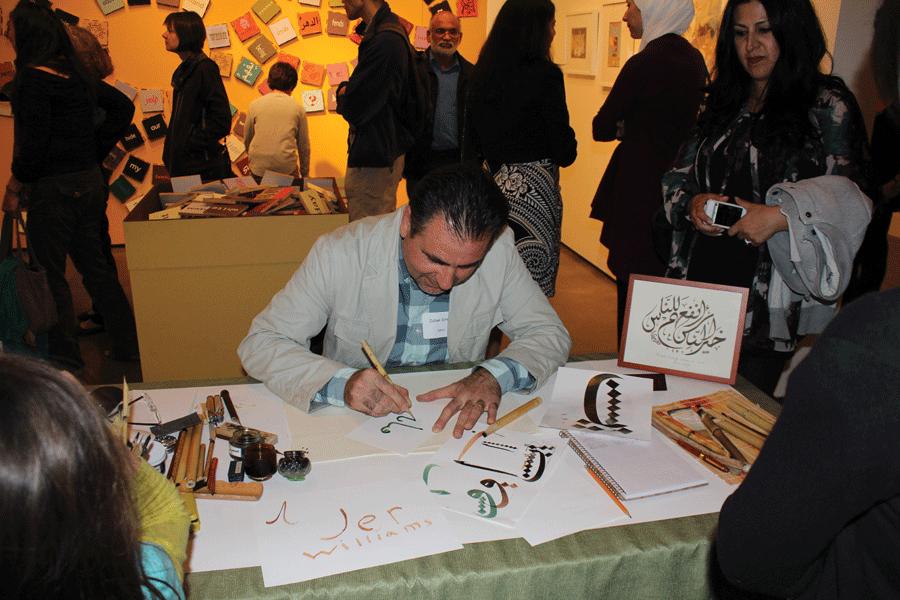
WRITING NAMES IN ARABIC – Artist Zubair Simab demonstrated Islamic calligraphy by writing names of the guests in Arabic. (Ailya Naqvi, Managing Editor)
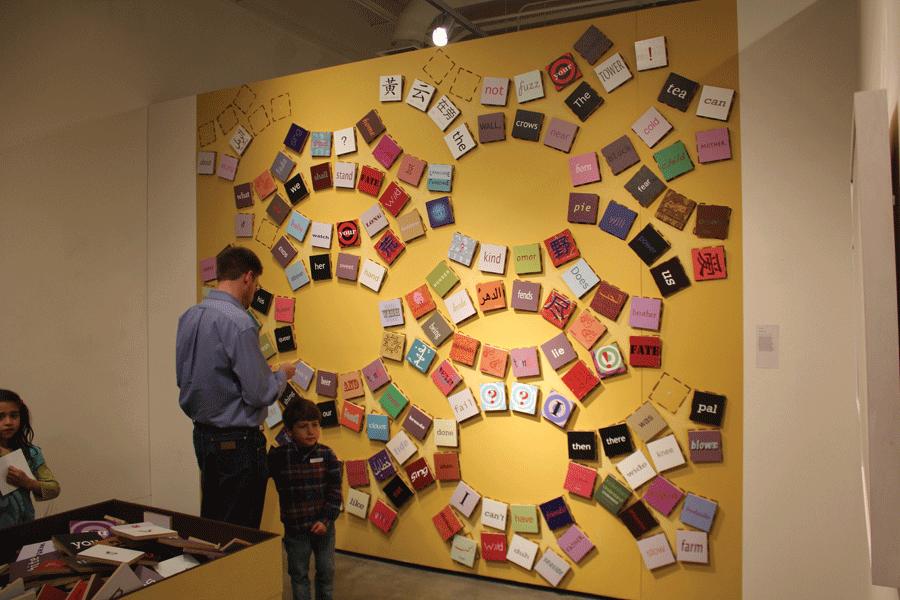
“TEC SAYINGS” – A phase-making installation by Doris Bittar, that focuses on identity and multicultural issues. (Ailya Naqvi, Managing Editor)
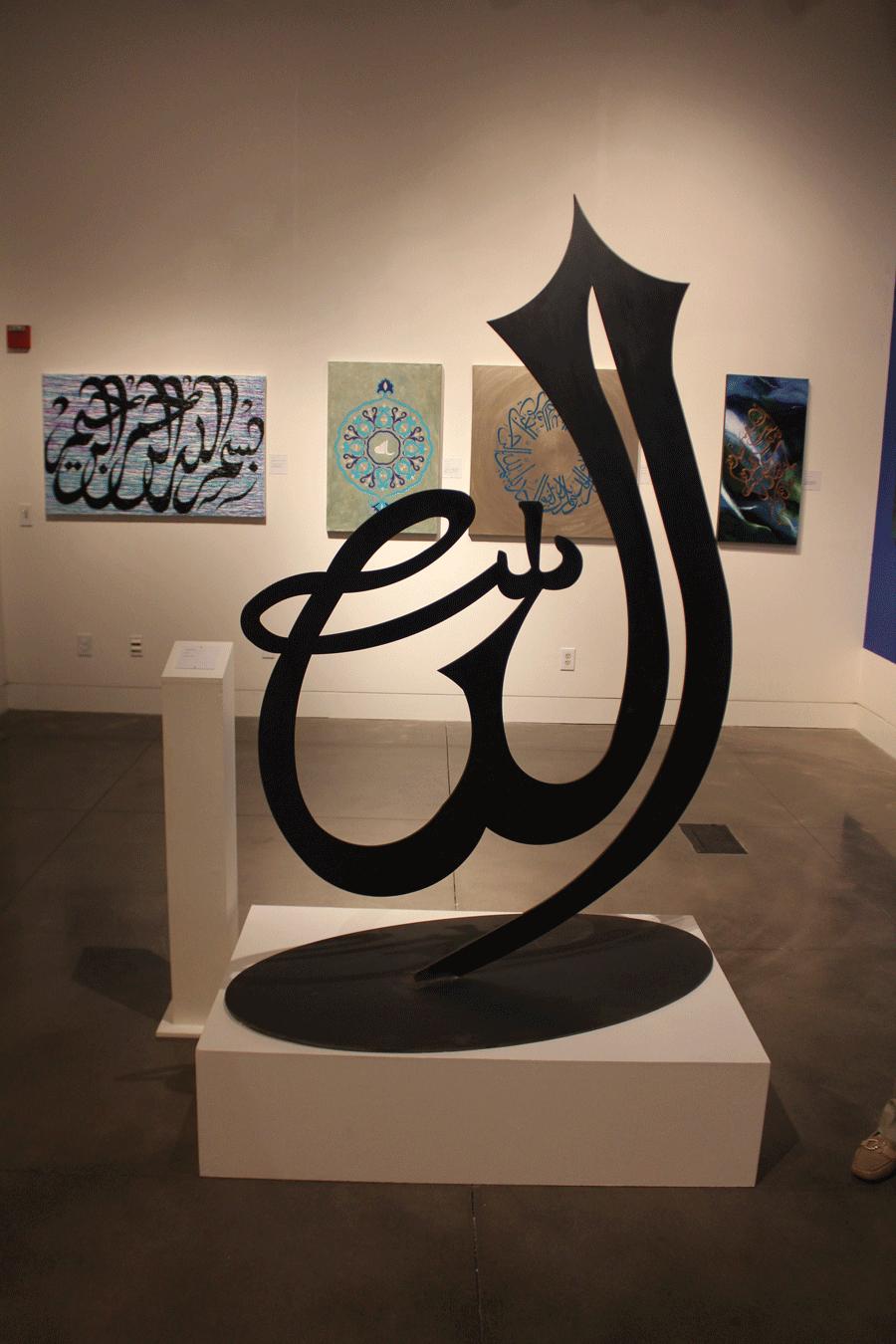
“God” – A three-dimensional sculpture spells out “God” in Arabic. (Ailya Naqvi, Managing Editor)
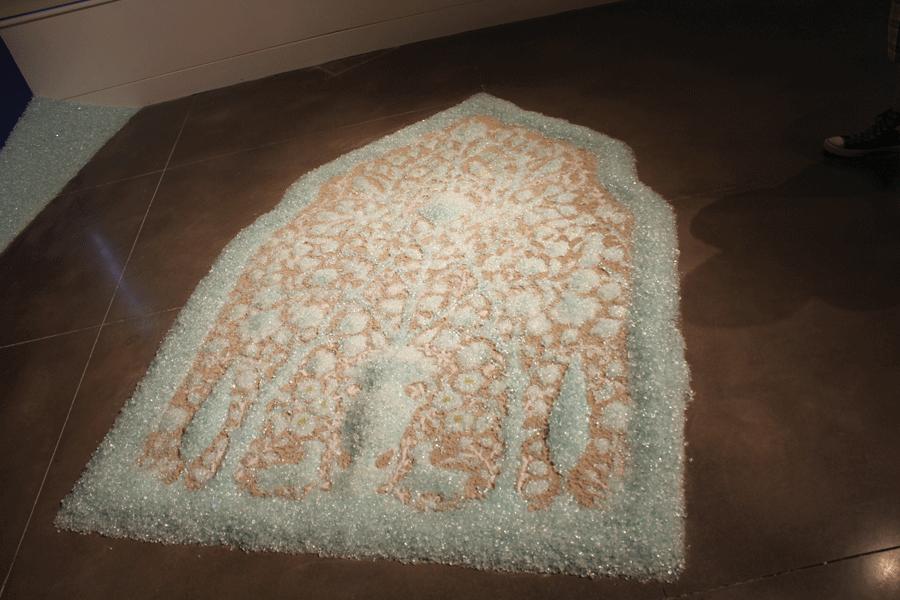
“Transcendence” – Taraneh Hemami’s broken glass art work creates a prayer rug facing the Qibla, with a reference to the passageway to paradise. (Ailya Naqvi, Managing Editor)
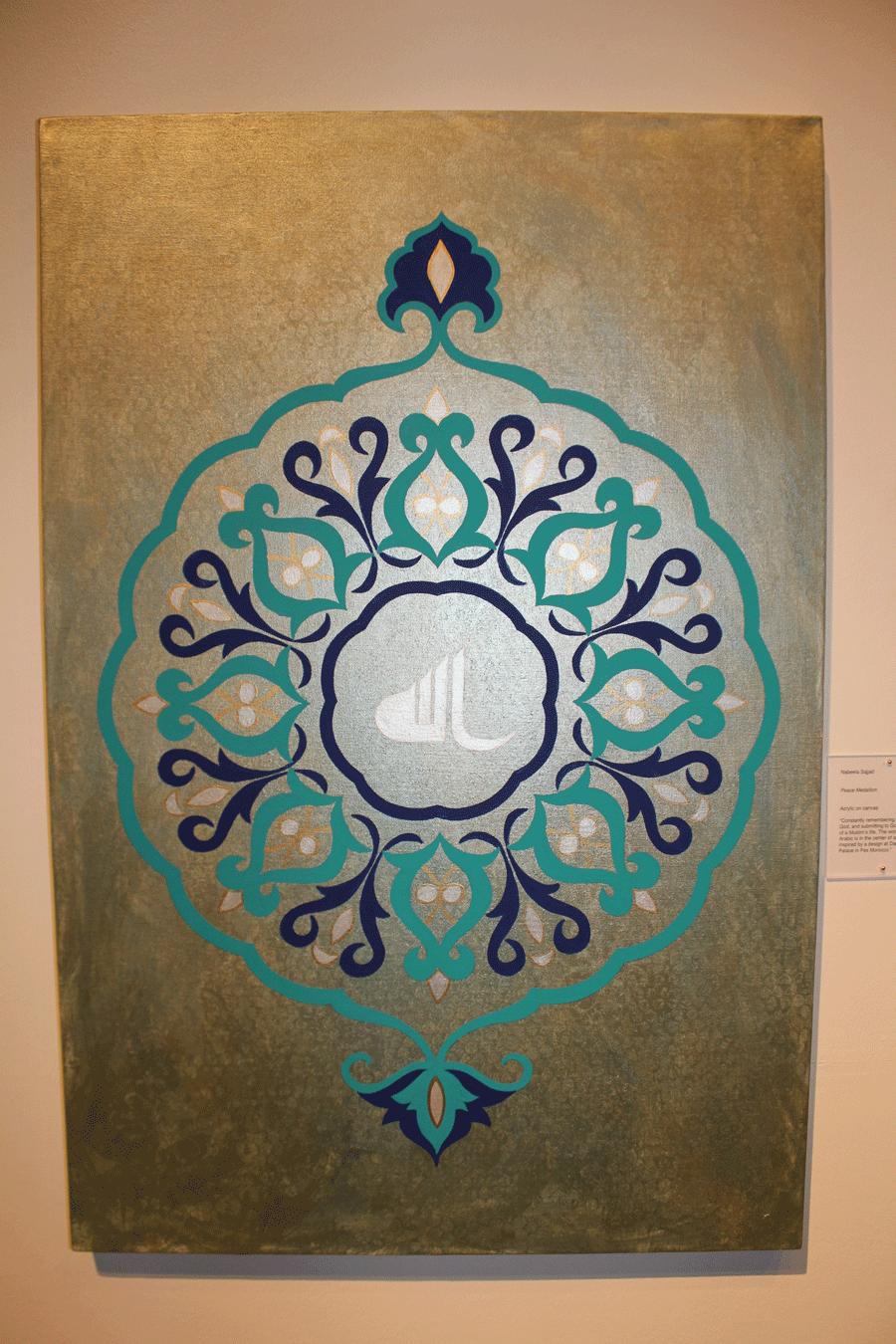
HOLY PAINTING- A chapter from the holy Quran painted using acrylic on canvas by Nabeela Sajjad. Founder of Islamic Art Exhibit. (Ailya Naqvi, Managing Editor)



